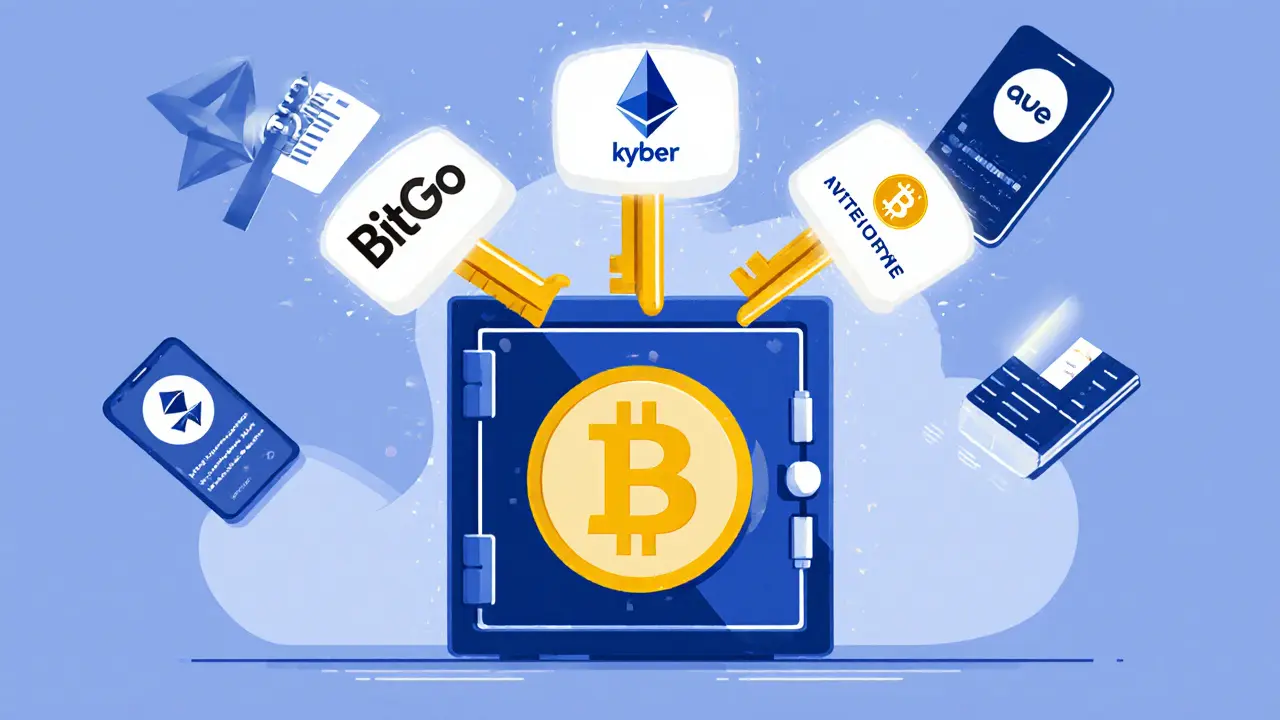Blockchain Trust Model: How Decentralized Systems Build Confidence Without Middlemen
When you send money through a bank, you trust them to keep your data safe, process your transaction, and not steal from you. But in the blockchain trust model, a system where trust is built through code, cryptography, and network consensus instead of institutions. Also known as decentralized trust, it removes the need for banks, brokers, or any single authority to verify what’s true. This isn’t theory—it’s how your crypto trades actually happen. If you’ve ever swapped tokens on Uniswap, used a wallet like HB Wallet, or even heard about a scam like LocalCoin DEX, you’ve interacted with this model. The difference? You don’t need to ask someone if it’s safe. The system proves it for you.
The smart contracts, self-executing code that runs exactly as programmed on a blockchain. Also known as automated agreements, it is the engine behind most blockchain trust. Think of them like digital vending machines: you put in the right input, and they spit out the correct output—no human in between. That’s why Uniswap v3 on Celo can let you swap tokens with near-zero fees. It’s not because the platform is generous—it’s because the contract handles everything. But this also means if the code has a flaw, there’s no customer service to call. That’s why projects like Wagmi (Kava) or SharkSwap fail: their contracts are either unused, unaudited, or just broken. Trust isn’t automatic. It’s earned through transparency, testing, and real usage.
Behind every smart contract is a consensus mechanism, the rule set that lets dozens or thousands of computers agree on what’s valid. Also known as network agreement protocol, it keeps the whole thing honest. Bitcoin uses Proof of Work. Ethereum switched to Proof of Stake. Some chains like IOTA EVM use their own variations. But they all do the same thing: prevent fraud by making it expensive or impossible to cheat. That’s why Russia’s Central Bank can’t easily ban crypto—it doesn’t control the network. And why Pakistan’s 15% crypto tax still applies: the blockchain doesn’t care about your local laws, but your wallet does. The blockchain trust model doesn’t eliminate risk. It shifts it—from trusting a person to trusting math and incentives.
What you’ll find below isn’t a list of random crypto reviews. It’s a real-world audit of how the blockchain trust model works—or fails—in practice. You’ll see exchanges that look legit but have $0 trading volume. You’ll find airdrops that actually paid out, and scams that tricked people into depositing real money. Some posts show you how trust is built through open code and real users. Others show you how it’s destroyed by hidden teams and fake market data. This isn’t about hype. It’s about what holds up when the lights go out and no one’s watching.
Wrapped Asset Custody and Trust: How Institutional Blockchain Custody Works Today
Wrapped asset custody lets Bitcoin and other coins work on Ethereum DeFi-but it relies on centralized custodians. Here's how it works, who's behind it, the risks, and what's changing in 2025.
Details +